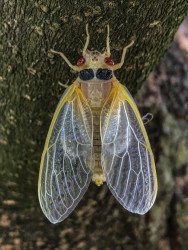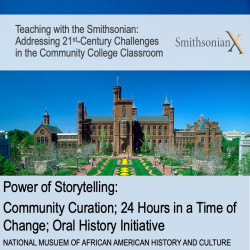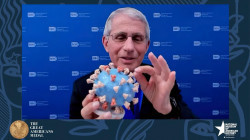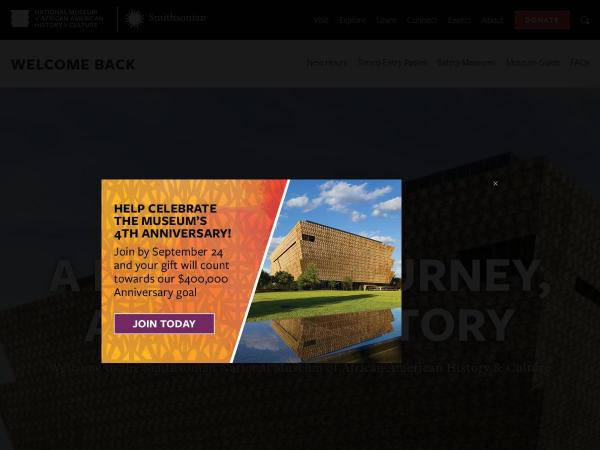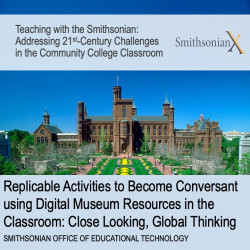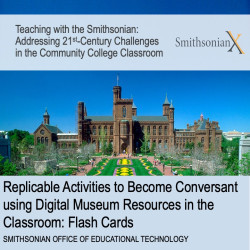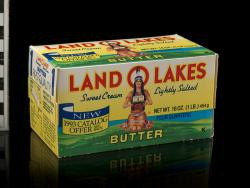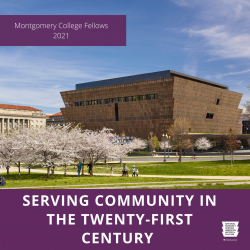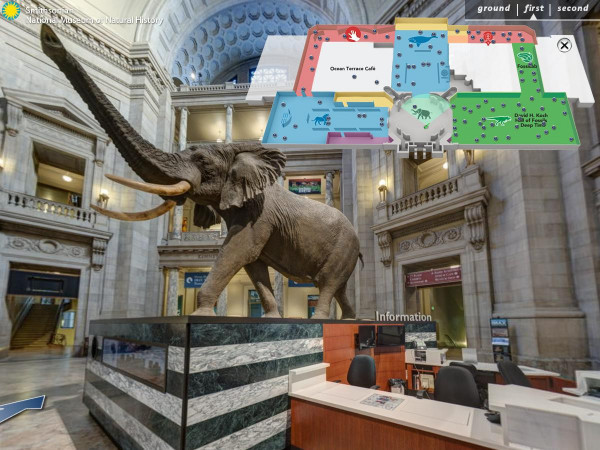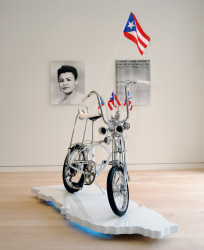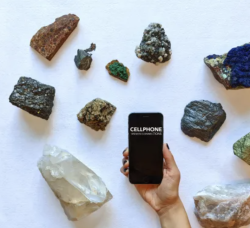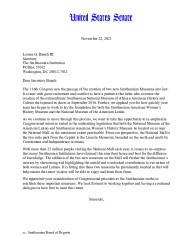Philippa Rappoport
I work in education and engagement, teacher professional development, and outreach at the Smithsonian Office of Educational Technology (OET), and have a particular interest in developing and producing trainings, programs, teaching techniques, and platforms that foster deep learning and contribute knowledge to improve practices in museum and preK-16 education and engagement. At OET over the last decade+, I created digital assets for schools, families, and new immigrant English Language learners to complement teacher professional development and pan-Smithsonian programming, including Learning Lab teaching collections, YouTube videos with tradition bearers, a handmade family stories book-making website, and online heritage tours.
Philippa Rappoport's collections
Passport to Argentina: Performances, Interviews, Demonstrations, How-To Videos
 Philippa Rappoport
Philippa Rappoport
Periodical Cicadas: In Homage to Brood X
 Philippa Rappoport
Philippa Rappoport
Personal Responses to Covid-19: A Digital Storytelling Workshop Using the Smithsonian Learning Lab
 Philippa Rappoport
Philippa Rappoport
1619 Project: Support collection of resources from the National Museum of African American History and Culture
 Philippa Rappoport
Philippa Rappoport
Puerto Rico’s Fragile Modernity: An Exploration of Francisco Rodón's Portrait of Luis Muñoz Marín, using Global Thinking Routines
 Philippa Rappoport
Philippa Rappoport
Raven Steals the Sun: A Celebration of Tlingit Culture
 Philippa Rappoport
Philippa Rappoport
Replicable Activities to Become Conversant using Digital Museum Resources in the Classroom: Close Looking, Global Thinking
 Philippa Rappoport
Philippa Rappoport
Replicable Activities to Become Conversant using Digital Museum Resources in the Classroom: Flashcards
 Philippa Rappoport
Philippa Rappoport
Rethinking Americans
 Philippa Rappoport
Philippa Rappoport
2024 Smithsonian-Montgomery College Faculty Fellowship Program - National Museum of American History
 Philippa Rappoport
Philippa Rappoport
2024 Smithsonian-Montgomery College Faculty Fellowship Program - National Museum of Natural History
 Philippa Rappoport
Philippa Rappoport
2024 Smithsonian-Montgomery College Faculty Fellowship Program - National Portrait Gallery
 Philippa Rappoport
Philippa Rappoport


